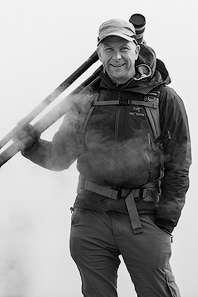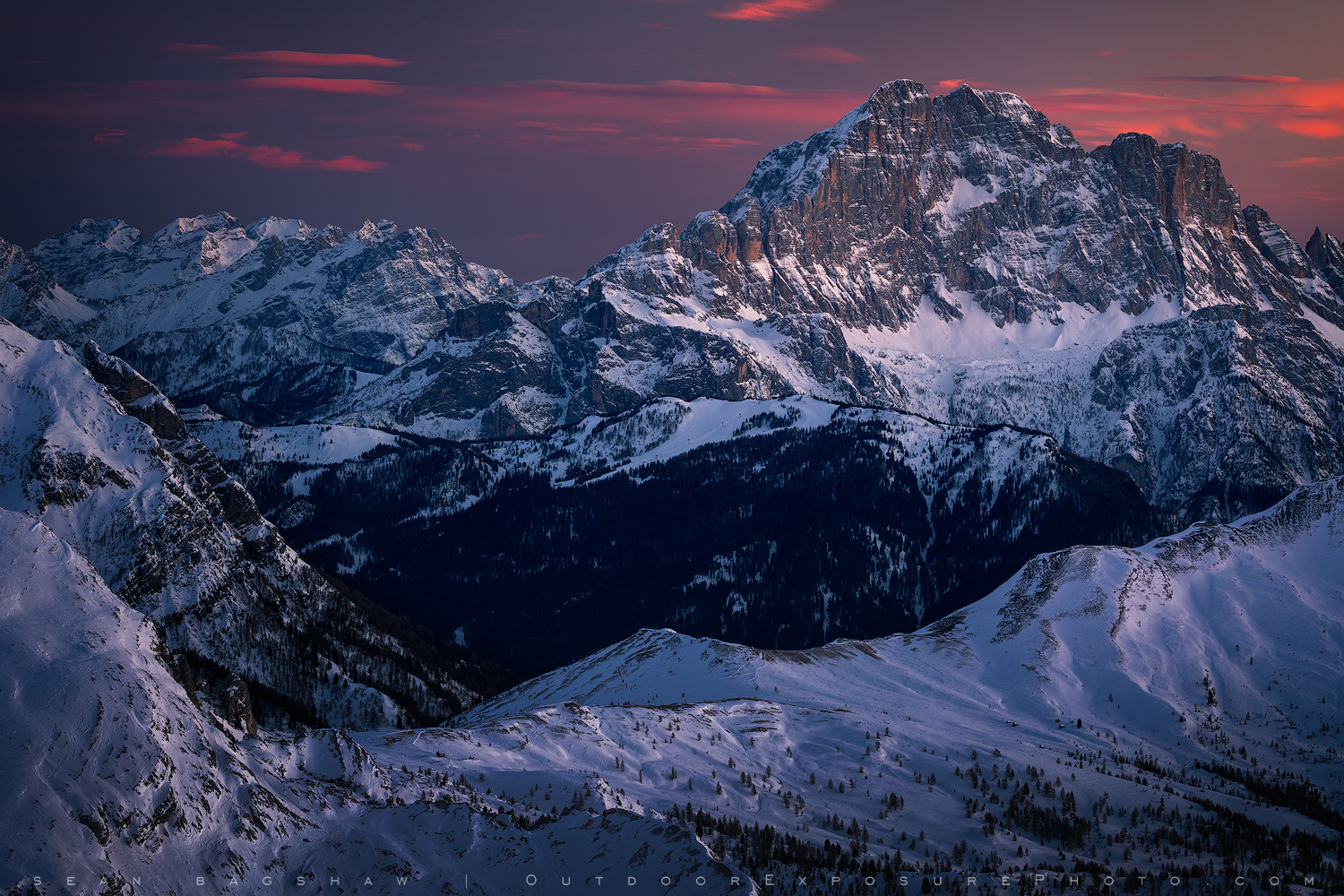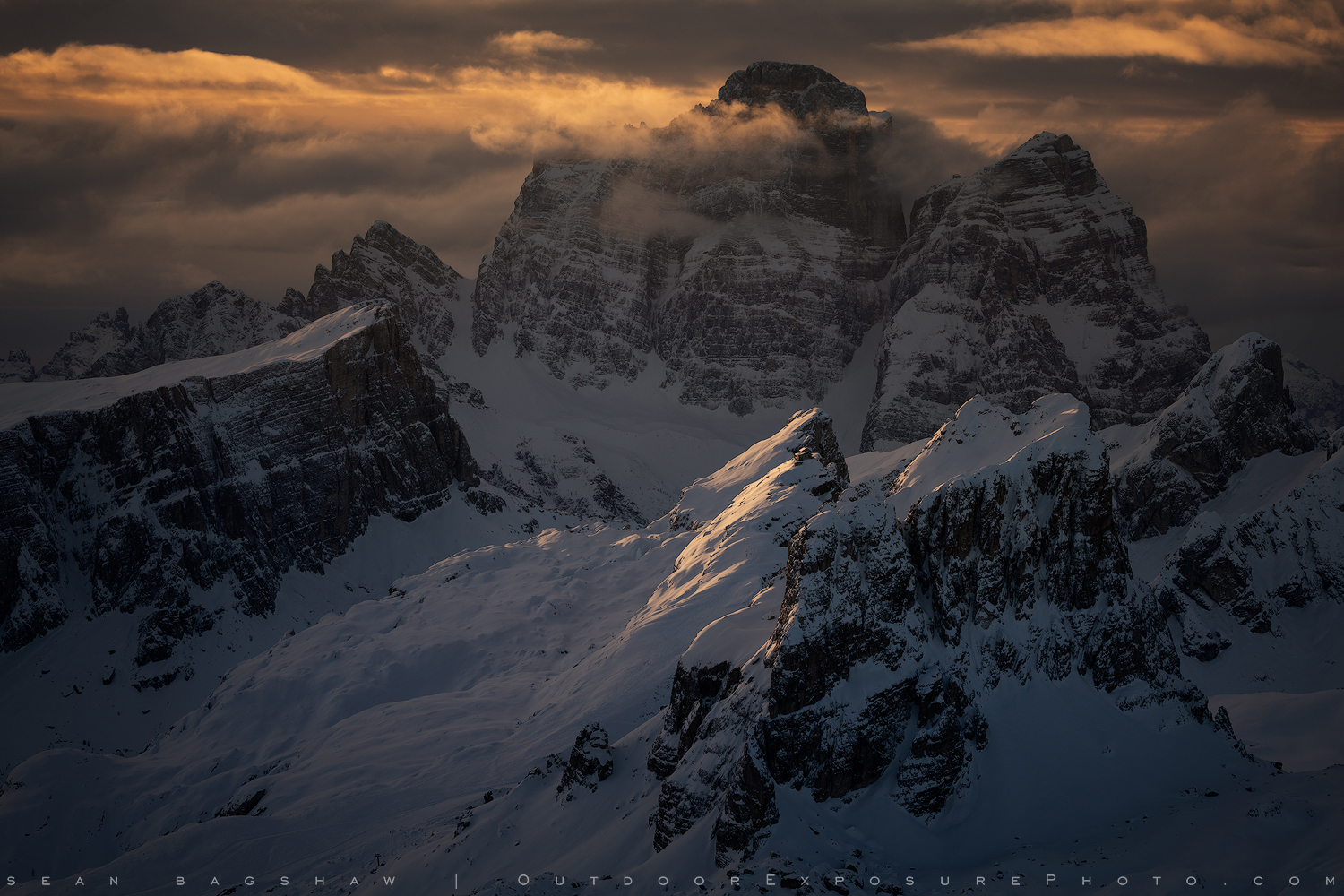We have all heard that 72 pixels per inch (ppi) is best for web or screen resolution and 300 pixels per inch is for print resolution, right? There are reasons why the pixel per inch resolution matters for print, but the 72 ppi rule for web images is a myth, although it did have a reason at one time in history. Print resolution and the history of Mac computers and 72 ppi resolution are topics for another time. The purpose of this article is to explain why the pixel per inch setting you assign your web images is irrelevant, despite that we’ve been told 72 pixels per inch resolution makes your images look best on screen, allows them to load quickly and keeps thieves from making large prints of them.
Both of the images below are sized to 1500 x 1000 pixels , but one was saved at 72 ppi and the other at 300 ppi. Can you tell which is which? (They are compressed to fit in the blog layout but you can right click to download and inspect.)
You can’t tell, because they are not different. On a screen, pixels are pixels and the pixels don’t change size unless you change the resolution setting of your monitor. Both these images have the same pixel dimensions (1500 x 1000) so they take up the same number of pixels on a screen regardless of the pixel per inch setting.
In this video I show exactly why you can set the ppi setting to anything you want and all that matters for web images is pixel dimensions.
So, if pixels per inch don’t matter, what is the ppi setting for? The answer is that changing the pixels per inch changes the size the image will print. The size of pixels on your screen is determined by the resolution of your monitor. The only thing your monitor cares about is how many pixels an image has. But a printer can print different size pixels. The ppi setting tells the printer how large or small to print the pixels. Bigger pixels make a bigger print and smaller pixels make a smaller print. But if you print the pixels too large they begin to become visible when viewed up close, something we call pixelation. Somewhere around 150 ppi is where we can begin to see pixels.
The bottom line is, when sizing images for the web, the only thing you need to worry about is the number of pixels the image has. If you want the image to be small enough to load quickly and not have a lot of detail when printed large then keep the number of pixels down (and also set a lower jpg quality to reduce file size). You don’t need to worry about what the ppi setting is because it makes no difference. As I show in the video, nothing about the file size or image quality changes at 1 ppi, 72, ppi, 300 ppi or any other number you choose.
For reference, a 1500 x 1000 pixel image will print 5 inches wide with the print resolution set to 300 ppi. 1500 x 1000 is the size I currently use for most of the images I share on the web. It is big enough to mostly fill a 1920 x 1080p HD monitor, but small enough to not make high detailed large prints.
This is one of those ideas that continues to circulate. I know it causes confusion for many of us so I hope this article and the video have helped. Understanding resolution, screen viewing, printing and image quality can be challenging, so let me know if you have questions. Cheers!

Sean is an outdoor photographer, digital image developing enthusiast and photography educator based in Ashland, Oregon, where he resides with his wife and two sons. His previous career as a science teacher makes photography education a good fit. Sean teams up with fellow Photo Cascadia members leading workshops. He also teaches digital image developing classes, lectures and offers a series of Photoshop video tutorials.
More posts by Sean Visit Sean’s Image Gallery Visit Sean’s Website



Recent Comments